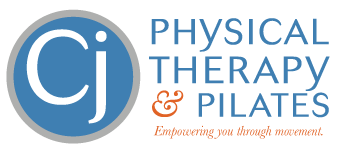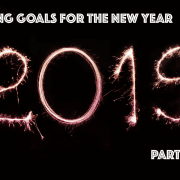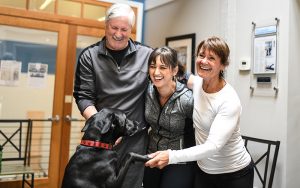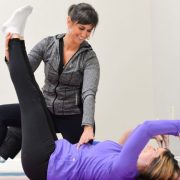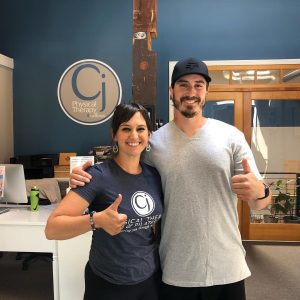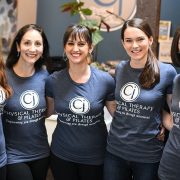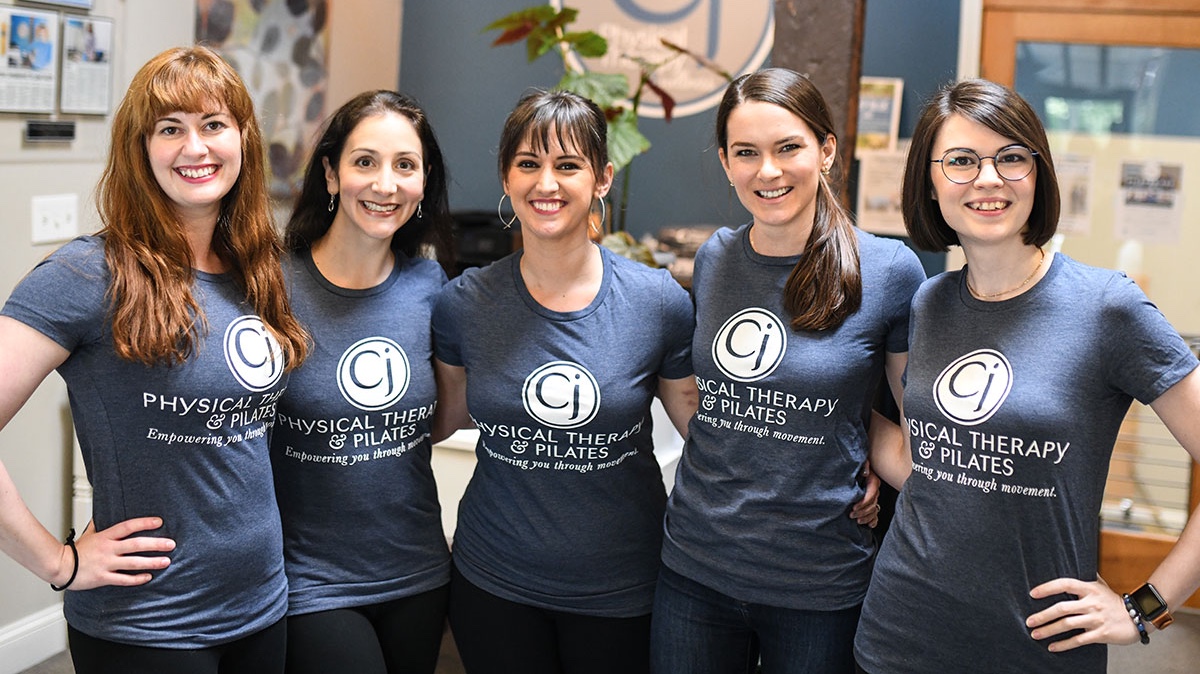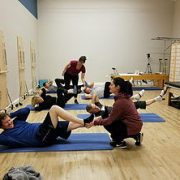Setting Goals for the New Year: Part Two — Choosing a Long Term Goal
In the first part of this series, we focused on the precursor to goal setting — identifying a specific obstacle that’s getting in your way. The next step is determining a specific, measurable, long term goal.
One way to come up with a long term goal is by asking yourself, “where do I want to be a year from now?”
What do you want to be different about your life this time next year? If you identified an issue that is negatively affecting your life right now — such as chronic low back pain or being overweight — you can turn your desire to resolve that issue into a long term goal. For example, your goal could be to weigh 25 pounds less by December of 2019. Or maybe your knee has been bothering you for a few years, and your goal is to be able to go skiing again without pain. You could decide to run a 5k next Thanksgiving or simply want to be able to pick up your grandkids. The examples are endless, but the point is that it’s your goal. It’s specific to your desires and involves overcoming a specific obstacle in your life.
Setting a long term goal will provide a purposeful context for your day-to-day choices.
Once you’ve set a specific goal and shared it with your accountability team, you’ll be able to use it to guide your everyday actions. For example, eating healthy would have the purpose of helping you achieve your weight loss goal, as would participating in a Pilates class. Going to physical therapy would be helping you fix your body mechanics and relieve your back pain. In each example, the action in question (proper nutrition, Pilates, physical therapy) is undeniably good for you — but we rarely do things just because it’s objectively good for our bodies. We want to feel good, look good, and avoid pain. Having a specific long term goal will help you apply those healthy choices to a larger purpose and context — which will hopefully serve to motivate you as well.
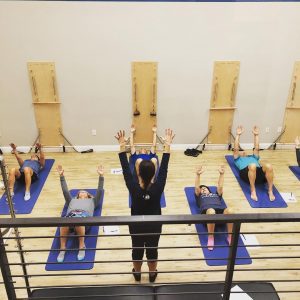
Now, how do you stay focused?
The first step is writing your goal down on paper. Not in the notes on your phone, not just keeping a vague memory in your head — write it down. Then, post that paper somewhere you’ll see it every day. It could be your bathroom mirror, your bedroom door, your car dashboard — anywhere that forces the goal to become a part of your day. If you haven’t yet established an accountability team, read our post about gathering a group of trusted individuals (including your PT!) who can help you stay focused and motivated. Then, share your goal with them, and ask that they check up on you periodically to see how your progress is going. Finally, stay tuned for our next post in this series, where we’ll talk about breaking your long term goal into a set of smaller, more manageable short term goals.
In the meantime, check out our website and see how you can get a head start on a healthier New Year. We’re launching our signature Pilates 101 program next week and spots will fill fast, so sign up here to get on our early bird/pre-enrollment list! If you’re age 40+ and improving your core strength is part of your goal setting – then this program is perfect for you – especially if you’re also dealing with back pain.
If you have any questions about physical therapy, pilates, accountability, and/or goal setting, don’t hesitate to reach out or leave us a note on our Facebook page!
